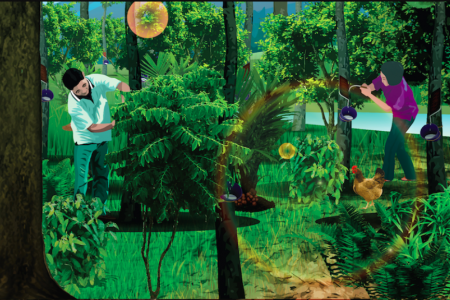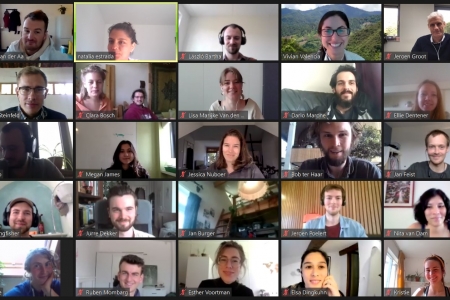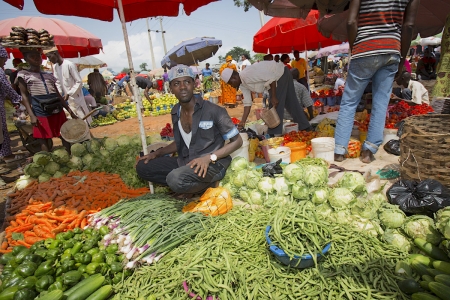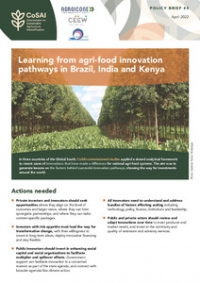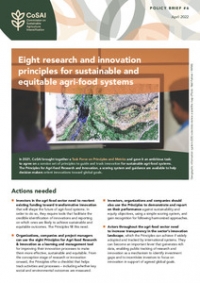The project aims at providing practical answers to a complex question: how to manage large water infrastructures for social and environmental benefits? More specifically the project will discuss options to tailor irrigation investments processes so that the positive impacts of large water infrastructures on equity and the environment are enhanced and their negative externalities limited. In West Africa, notably in the sub-Saharan region, agriculture is dependent on low and erratic rainfall and irrigated areas remain little developed. National governments and their development partners see irrigation as one of the main options to reduce food insecurity and sustain economic growth and promote large water infrastructure projects. Experiences to date show that such projects can have negative impacts in terms of equity (population displacement, land grabbing, and the flooding of places of worship to name but a few) and the environment (losses in biodiversity, changes in hydrological patterns causing leading to human-induced floods and drought). It is necessary to support changes in the way management and governance decisions around these large water infrastructures are made to prevent potential conflicts. This can be done by developing participatory approaches that allow for better listening and taking into account the viewpoints of natural resources users who are intimately linked to their socio-environmental system. This project will focus on the downstream area commanded by the Bagré dam located on the White Volta (Nakambé) river. The Bagré dam is the biggest multi-purpose water infrastructure in Burkina Faso. As such, it is crucial for food production, hydropower generation, and the regulation of water flows (notably the limitation of floods that can have dramatic impacts, including in north-east Ghana). The Bagré dam is the center point of the World Bank supported Bagré Growth Pole Project that aims at an integrated development of 4 Burkinabe provinces, notably through land allocation to agricultural investors. The area will witness dramatic changes in the near future and it is crucial that planned investments bear fruits for all sections of society in an environmentally sustainable way. Through in-depth research on the dynamics at play around the Bagré dam, the project will provide knowledge and generic tools for a more equitable and environmentally friendly governance of large water infrastructures in West Africa. The project will address gender and environmental services in an integrated way: the most vulnerable sections of society (especially women) are often those who depend the most on the environment and its provisioning services while irrigation benefits often accrue to a local elite of men farmers. The project will discuss dam operation and management scenarios and their differential impacts on food security, the provision of environmental services and the distribution of the costs and benefits of planned investments. Based on a multi-level characterization of the study area, the project will adopt a multi-level participatory approach, called Companion Modeling, based on the co-building of participatory tools such as Role Playing Games to discuss management options –and their impacts- that would have been identified by project’s stakeholders themselves. The project team will produce reports on the process as well as synthesis documents targeting decision makers as well as a Role Playing Game specifically designed to address the equity and environmental dynamics of large water infrastructures for potential transfer to other agricultural water “hot-spots” and decision making arenas. This project is an action research project focused on building the capacity of national decision makers of the Bagré Growth Pole project and of the Nakambé Water Agency (AEN) in relation to natural resources users. Both set of actors will have enhanced interactions and gain in capability to voice their specific concerns while respecting the viewpoints of others so as to adjust the direction and governances of planned investments. Decision makers will be in a position to use the tools developed in the project to inform their activities in other sites.
menu

